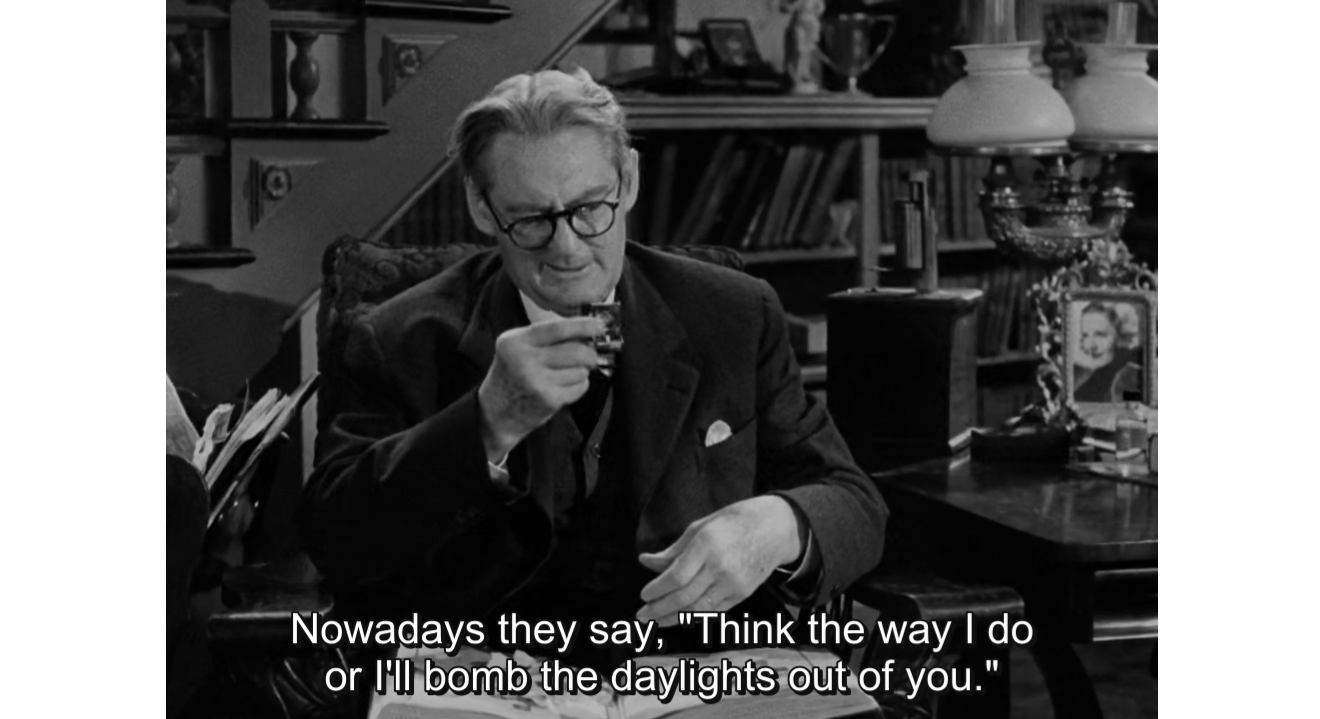
Salamangkero (Tata Esteban, 1986)
English Title: Magic of the Universe
Tata Esteban is a director whose films mirrored his life. More reputed for being a careless womanizer who dabbled in drugs than a consistent and reliable filmmaker, Esteban has made films that are more famous for their blatant indulgences than anything else. However, a careful glance at his earlier pictures like Alapaap (Clouds, 1984) and Hubo sa Dilim (Naked in the Dark, 1985), both of which are clearly adult fare that feature abundant nudity and sex scenes, reveals a talent of potential that is too infrequently tapped. There is undeniable technique in the way he frames and designs his shots, creating an atmosphere that intriguingly mixes sleaze and style. Unfortunately, Esteban, probably because of his recklessness or a lack of luck or for whatever reason, never made that undisputed masterpiece that would catapult him to that level of respectability most filmmakers aspire for.
Esteban’s Salamangkero, released in 1986 during the Metro Manila Film Festival alongside Mario O’Hara’s more enduring Halimaw sa Banga (Monster in the Jar), could have been that masterpiece had it not turned into a mostly forgotten foray into American-style fantasy filmmaking. There’s very little sense to the film. In fact, the film is absolutely irrelevant and impertinent, especially during its time when Lino Brocka and other directors were either getting more and more political. Yet despite this glaring lack of substance, the film exposes Esteban as a master craftsman, still reckless and undisciplined, but capable of mounting a production that delights more because of how it was made rather than for what it was made.
Admittedly, Salamangkero, viewed now where computers have replaced prosthetics and other traditional special effects, is a gravely dated affair. Yet beyond Philippine shores, the film has gained considerable fame as Magic of the Universe, a re-released, re-dubbed shadow of its former self, because of its astute bizarreness than its craftsmanship. That bizarreness, the same bizarreness that has given Elwood Perez’s Silip (1985) (re-titled as Daughters of Eve) and Celso Ad Castillo’s Snake Sisters (1984) international success, has of course been translated into cult appeal and a fistful of straight-to-video dollars. Even in that mangled form, the film is still notably Esteban: logically flawed, narratively thin, but seductive because of its undaunted excesses.
The story is simple. Jamir (Michael de Mesa) is a magician who accidentally loses both his wife (Tanya Gomez) and daughter (Sunshine Dizon). After consulting a shaman (in a scene that forces De Mesa to eat monkey brains straight out of the head of a butchered monkey) and receiving advice from the ghost of his grandfather (also played by the very versatile De Mesa), he discovers that he has to rescue his wife and daughter, who are now prisoners of Mikula (Armida Siguion-Reyna), a vengeful witch who controls an army of pig-faced monsters and other eccentrics. Along with his assistant Bojok (Tom Tom), Jamir travels to Mikula’s dimension to recover a weapon that will defeat Mikula once and for all.
The simplicity of the story may be because of the fact that Salamengkero was intended to cater to the taste of children. It is a fantasy in the same vein as Jim Henson’s The Dark Crystal (1982) or Labyrinth (1986), only less extravagant considering the budgetary constraints of the local production. Thankfully, the attempts at replicating Henson’s creature designs resulted into an unexpectedly absurd charm. From Gondo, that silly-looking creature that looks like the lovechild of Bugs Bunny and one of the Teletubbies, to tribe of midgets that become entranced by Jamir’s magic tricks, the film makes most of Filipino ingenuity, creating a fantasy world that may not be as complex and believable as its Western counterparts but is still madly entertaining. More than that, the film, beyond its very elementary struggle between good and evil, feels wildly grim and disturbed, as depicted in its shadowed hues and side characters with indistinguishable motivations and goals.
Esteban may never rise beyond being just a mere footnote in Philippine cinema. The films he left behind are more riddles on whether or not he had an opportunity to greatness than actual proofs of that greatness. It is because of that dividing uncertainty as to his place in Philippine cinema that makes him and his legacy of frustratingly imperfect films aberrations that deserve second looks.
(Cross-published in Lagarista.)



































No comments:
Post a Comment